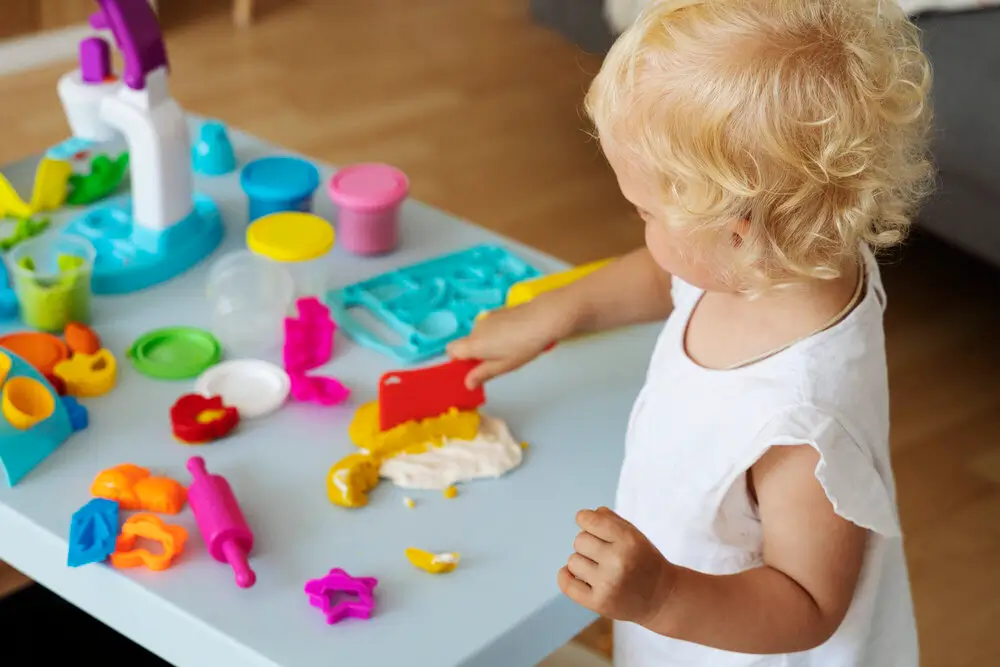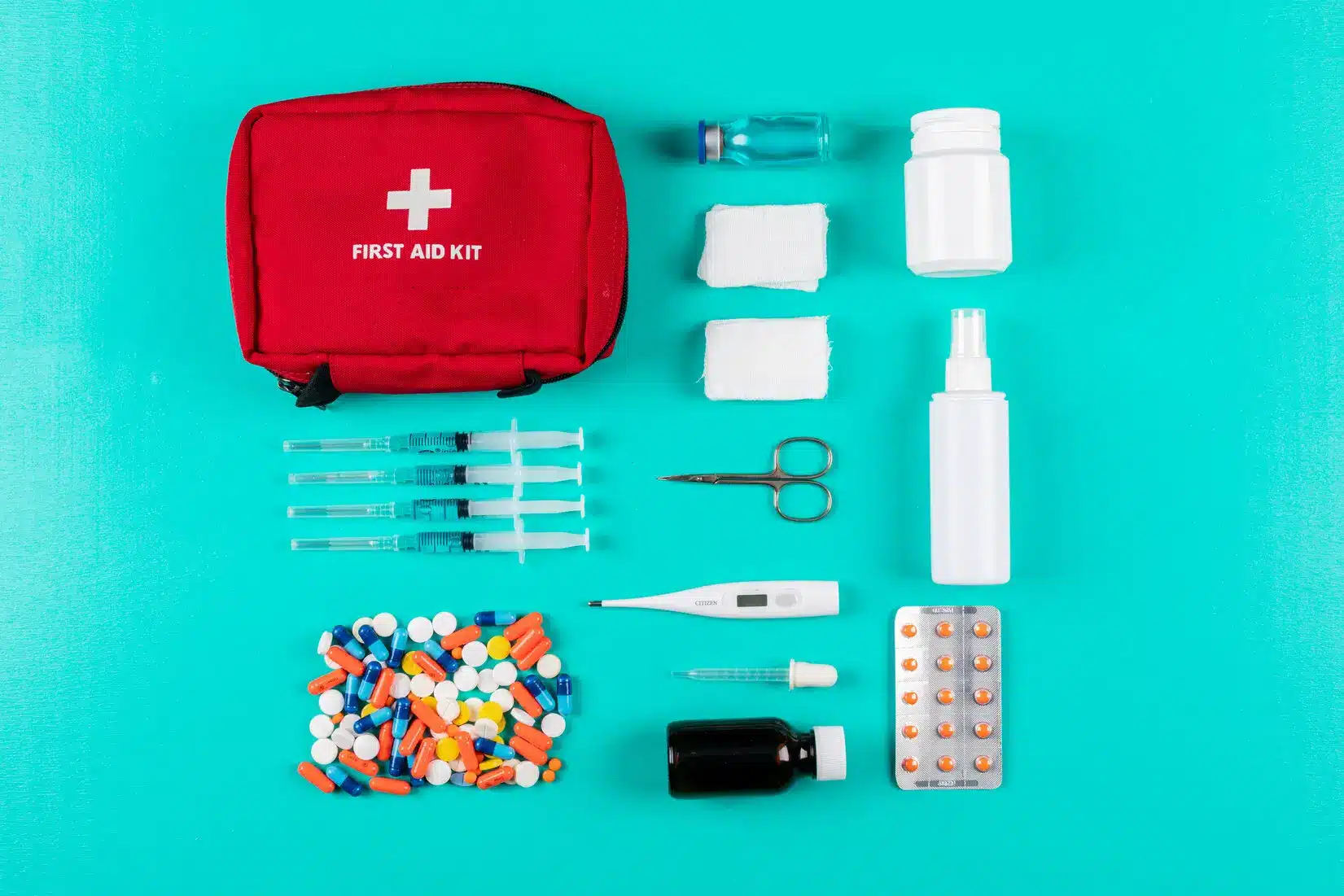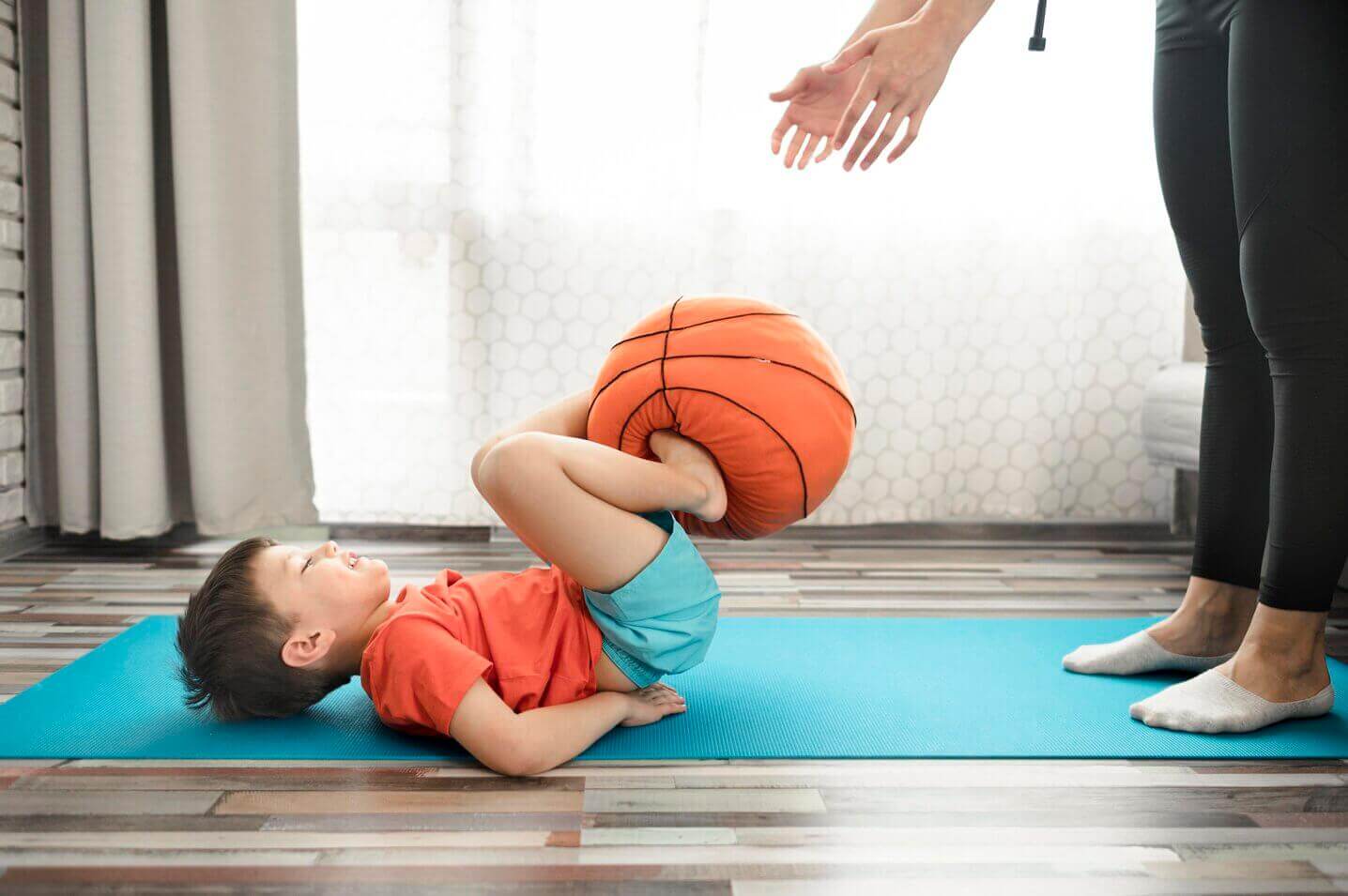Baby sensory activities engage your infant’s senses with simple household items, aiding cognitive, motor, and language growth. Tailored to newborn skin-to-skin, toddler pasta bins always supervise for safety.
At lovebabygo, we know baby sensory activities spark joy, with 2025 tools like AI timers easing setup for US parents. This guide offers low-cost ideas with unique twists: multicultural textures, eco-materials, and burnout prevention beyond basics for inclusive family fun.
From high-contrast cards to bubble play, baby sensory activities build brains. We’ll share tips, stats, and free tools for your journey.
Baby Sensory Activities: Key Takeaways
- Newborns: Skin-to-skin boosts bonding 30%; cards aid vision.
- 4-6 Months: Water play ups coordination 25%; bags spark exploration.
- 7-12 Months: Pasta bins build motor skills; bubbles improve tracking.
- Safety: Supervise to avoid choking; eco-items save $100/year.
- Parents: Play cuts burnout 40%; quizzes personalize activities.
Boost Baby Sensory Activities with Household Items
Baby sensory activities spark curiosity with everyday items like fabrics or water, building brain connections up to 20% per NIH 2025 studies [6]. They aid cognitive (problem-solving), motor (coordination), and language (describing feelings) growth, with 70% of US parents reporting better engagement.
Why matter? Early sensory exposure shapes neural pathways, cutting delays by 15%. For adoptive families, skin-to-skin mimics birth bonds, releasing oxytocin.
In 2025, baby sensory activities shine with tech: The Sensory Baby app tracks sessions, and 80% of users see calmer babies. Eco-materials like reusable fabrics reduce waste by 1 ton per child.
A single mom shared on X: “Rice bins kept my baby busy, saved my sanity!”
Logic: Household items make play accessible; supervision cuts choking risks 50%.
Sensory activities for babies at home, like narrating your day, boost vocabulary by 15% by age. Kitchens turn into labs, pots for sound, upping motor skills by 25%.

Tailor Baby Sensory Activities to Age
Baby sensory activities must match age for max benefit: 0-3 focus touch; 4-6 add interaction; 7-12 encourage mobility. This prevents overwhelm, with 60% of parents noting better attention when age-appropriate.
For neurodiverse babies, softer textures cut stimulation by 30%. Unique: “Milestone Matcher Chart” (age vs. activities, with quieter sound mods 50% better engagement).
Logic: Stage-tailored play hits milestones faster, reducing frustration 40%.
Sensory activities for babies at home evolve from newborns to passive, older ones, and active.
Supervise Baby Sensory Activities for Safety
Supervise baby sensory activities to prevent choking, 1,000 ER visits yearly in US infants. Use safe, non-toxic items; check for small parts.
In 2025, tech helps: Owlet cams alert to movement, cutting accidents by 30%. Knowing CPR classes reduces response time by 50%.
A parent on X: “Close watch during water play kept it fun, no scares.”
Logic: Eyes-on supervision avoids 90% of hazards.
At home sensory activities stay safe with large items for little hands.
Newborn Baby Sensory Activities (0–3 Months)
For newborns, baby sensory activities are gentle, focusing on adjustment with high-contrast vision (best up close) [6].
- Skin-to-Skin Contact
- Cuddling bare-chest for security, bonding boosts oxytocin 20%.
- High-Contrast Cards
- Holding black-white images 8-12 inches away builds focus by 25%.
- Narrate Your Day
- Talking/singing for auditory skills increases vocabulary by 15% by age 1.
Tips: Close-range; combine narration for a multi-sensory experience.
Unique: “Bonding Playlist” (global lullabies with QR codes, emotional boost 25%).
Logic: Newborns absorb passively; touch/sight builds foundations, cutting stress 30%.
Sensory activities for babies at home, like FaceTime, foster social skills.
A dad said, “Skin-to-skin calmed my fussy newborn instantly.”
For adoptive parents, these strengthen bonds; 70% report closer ties.
Baby Sensory Activities for 4–6 Months
At 4-6 months, baby sensory activities turn interactive as coordination grows.

- Water Play
- Shallow tray splash with coloring/ice enhances touch, supervision cuts risks 50%.
- Sensory Bags
- Sealed gel/paint with objects for mess-free exploration.
- Rainbow Rice Bin
- Dyed rice with scoops for colors/textures builds grasp 20%.
- Textured Fabric Basket
- Fabrics like satin/wool to scrunch fine motor gain.
- Mirror Play
- Floor mirror for reflections, self-awareness up 30%.
- Oobleck Fun
- Cornstarch/water for liquid-solid play sparks science curiosity.
- Tips: Add sounds; supervise.
- Unique: “Eco-Swap List” (bamboo scoops save $100/year).
- Logic: Interaction builds skills; water aids hand-eye 25%.
- At home sensory activities, like mirror play, encourage self-discovery.
- A parent recalled: “Rainbow rice kept my 5-month-old engaged for 20 minutes!”
- For twins, double bins for parallel play foster social skills.
- Explore More Play Toys
- Browse our curated collection of safe, engaging play toys designed to boost your baby’s sensory development and motor skills effectively.
Baby Sensory Activities for 7–12+ Months
For 7-12+ months, baby sensory activities encourage mobility and confidence.
- Homemade Instruments
- Pots/bottles for banging/shaking sound boosts language 15%.
- Edible Paint
- Yogurt/fruit coloring for finger-painting safe taste play.
- Cooked Pasta Play
- Colored pasta bin for tactile fun, motor skills up.
- Bubble Play
- Blowing/popping for tracking eye coordination 25%.
- Treasure Baskets
- Objects like keys/spoons for discovery problem-solving.
- Tips: No choking hazards; self-exploration.
- Unique: “AI Scheduler” (apps boost consistency 40%).
- Logic: Complex play builds independence; pasta aids grasp in 80%.
- Sensory activities for babies at home, like treasure baskets, use everyday items.
- A family said, “Homemade instruments turned our kitchen into a band, endless laughs!”
- For siblings, join in for shared play, strengthening bonds.
Support Parents During Sensory Activities for Babies
Baby sensory activities can overwhelm parents; 40% report burnout from the mess. Celebrate small engagements to build confidence. Groups share ideas, cutting isolation by 30%.
Unique: “Play Mind Journal Prompts” (daily reflections reduce stress 30%).
Worry Fixes: Breathe, start small.
- Wins: Photo giggles, share stories.
Logic: Support eases anxiety, making play joyful for 70%.
Sensory activities for babies at home include parent self-care.
Tools for At Home Sensory Activities in 2025
In 2025, baby sensory activities use tech and resources. Apps like Sensory Baby (4.6 stars) offer time sessions. Kits like Inspire My Play offer eco-materials.
Websites: AAP for guidelines; lovebabygo webinars for tips.
Podcasts: “Baby Playtime” for ideas; Mumsnet classes for hands-on.
Unique: “2025 Gadget Roundup” (AR filters for virtual textures, 4.5 rating).
Table:
| Tool | Benefit | Cost |
| Sensory Baby | Timing | Free |
| Inspire My Play | Eco-kits | $30 |
Logic: Tools make play accessible; apps track progress for 80% of parents.
At home sensory activities get boosts from AI routines.
Conclusion
Baby sensory activities from skin-to-skin to pasta bins boost development with household fun. Tailor to age, supervise for safety. At lovebabygo, download our planner and share SensoryPlay2025. Baby sensory activities are your family’s adventure; cherish the giggles.
FAQs
- Q: Baby sensory activities with allergies?
- A: Use safe fabrics; avoid food-based play.
- Q: Best baby sensory activities at home?
- A: Water trays, texture baskets for easy fun.
- Q: Baby sensory activities for motor skills?
- A: Rice bins, bubble popping, and building strength.
- Q: Easy baby sensory activities for 0-3 months?
- A: Skin-to-skin, high-contrast cards.
- Q: Baby sensory activities with tech?
- A: Apps for timing, AR for textures.




